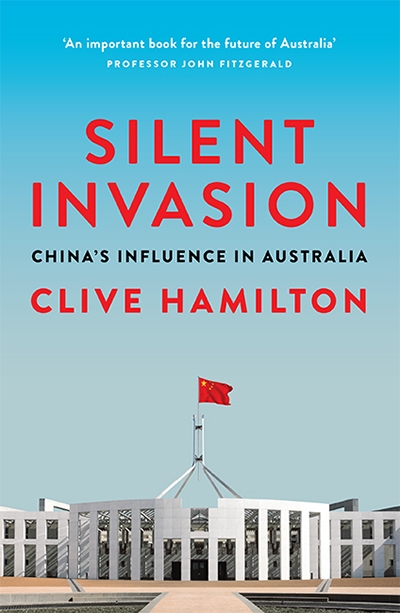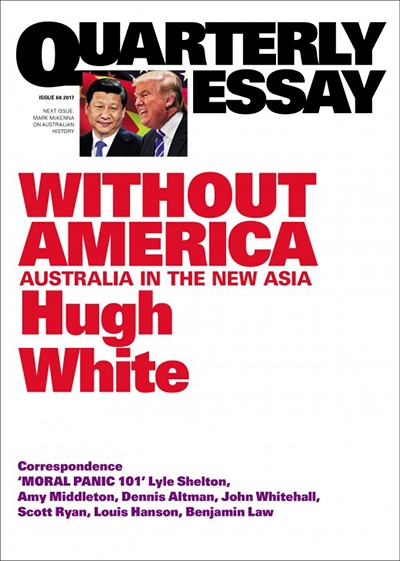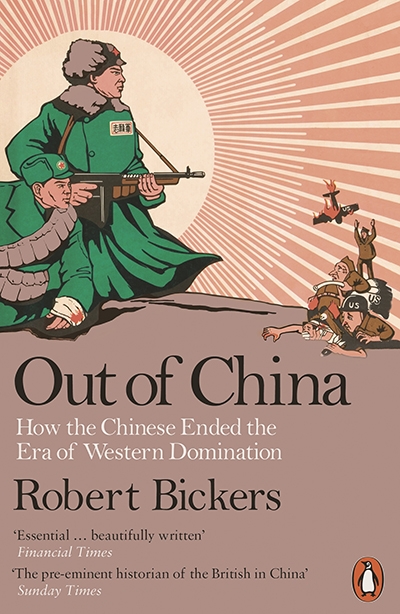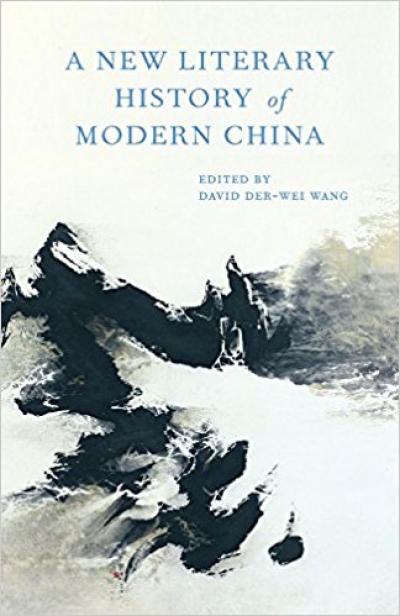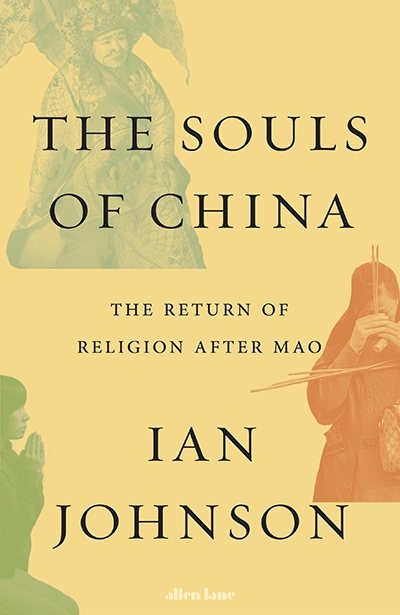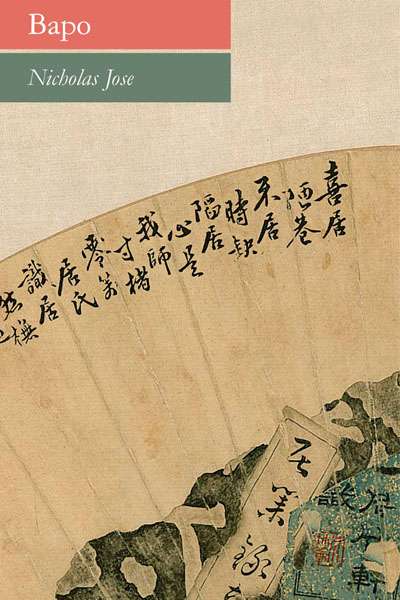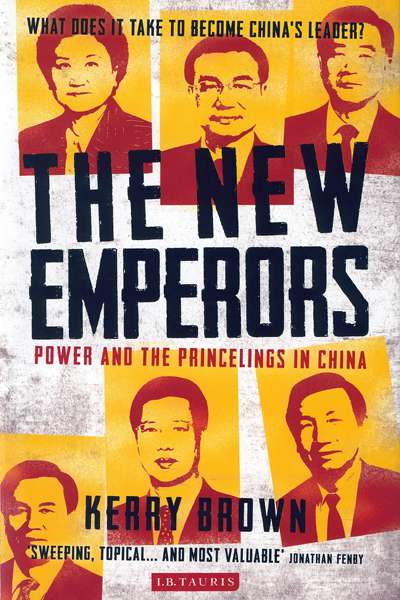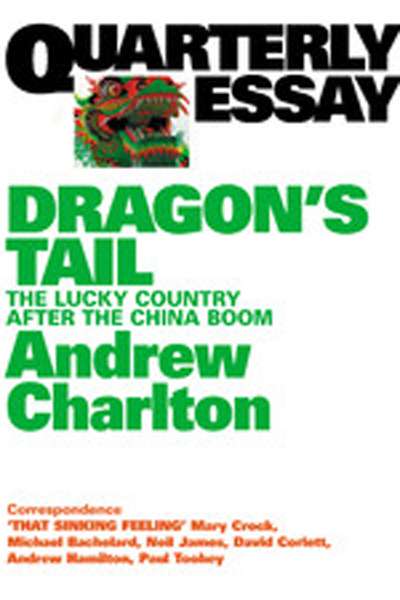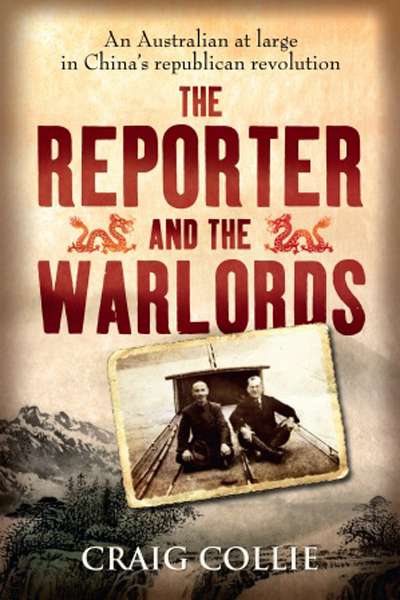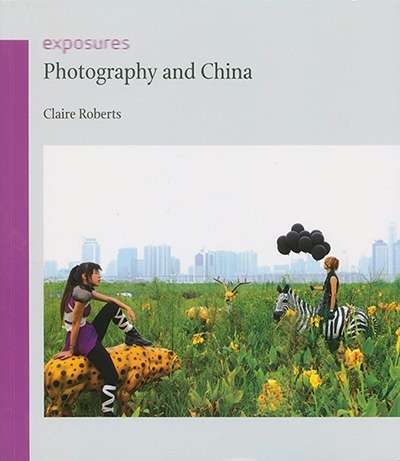China
Silent Invasion: China’s Influence in Australia by Clive Hamilton
by David Brophy •
Without America: Australia in the New Asia (Quarterly Essay 68) by Hugh White
by David Brophy •
Out of China: How the Chinese ended the era of Western domination by Robert Bickers
by Andres Rodriguez •
A New Literary History of Modern China edited by David Der-Wei Wang
by Nicholas Jose •
The Souls of China: The return of religion after Mao by Ian Johnson
by David Brophy •
The New Emperors: Power and the princelings in china by Kerry Brown
by Nicholas Hordern •
Dragon’s Tail: The Lucky Country after the China boom (Quarterly Essay 54) by Andrew Charlton
by Kerry Brown •
The Reporter and the Warlords: An Australian at Large in China’s Republican Revolution by Craig Collie
by Nicholas Hordern •

